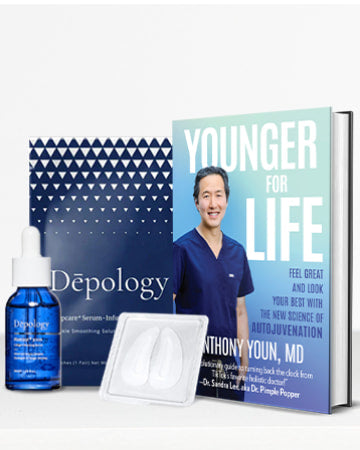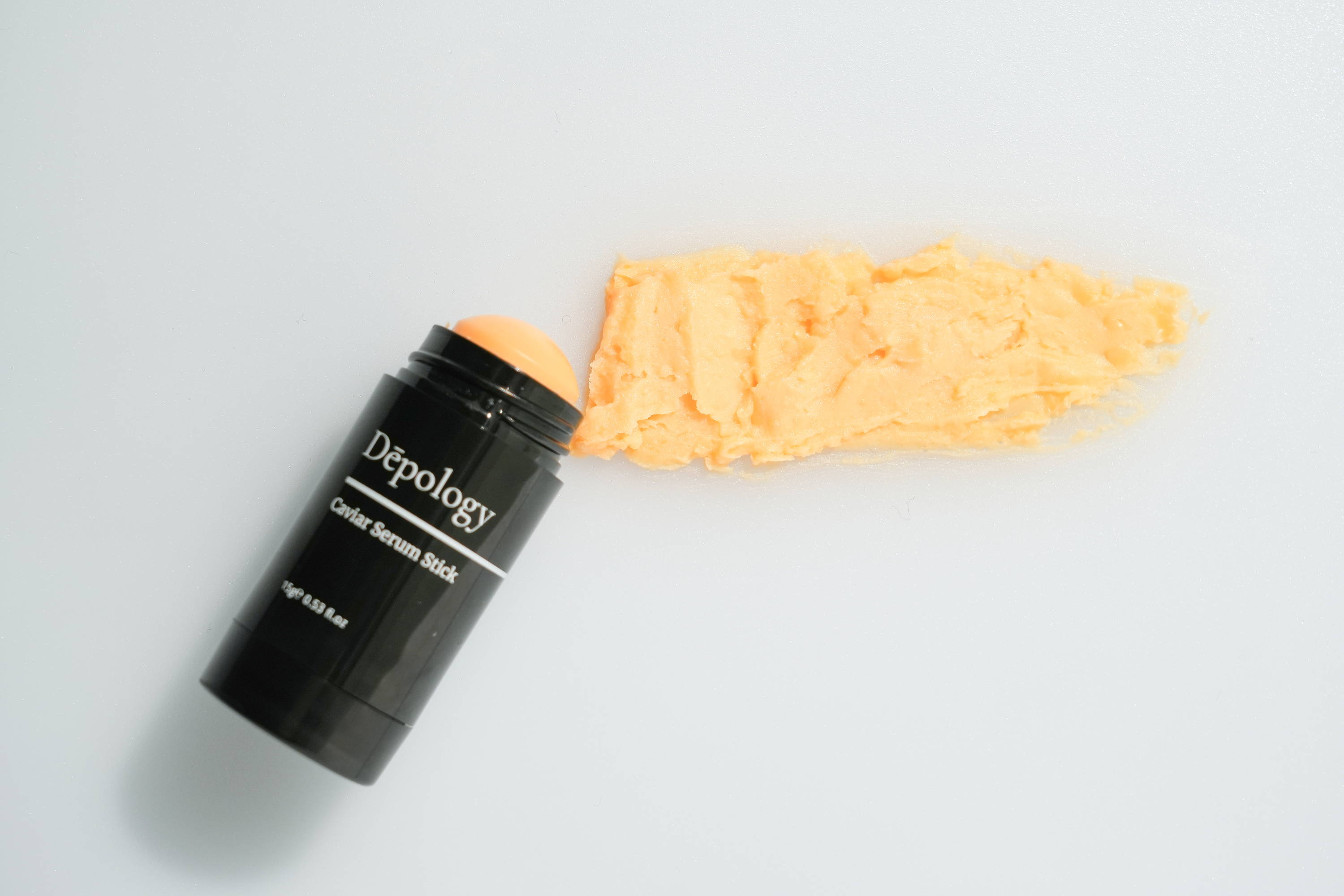
How to Increase Skin Cell Turnover : Understanding the Skin Renewal Cycle
Intro
You might hear a lot of talk about exfoliation, whether it’s through a friend talking about their skincare routine or through a recommended YouTube algorithm. These days, it’s common to engage in conversation or hear about different skincare recommendations, both traditional and trendy. The days of needing to go into an office for skincare therapy are over, particularly in a post-pandemic industry.
What exactly is exfoliation and how does it apply to renewing our skin cells? Why is it important for dead skin cells to continuously be replaced with new ones and what happens if you begin to experience clogged pores and hair follicles? All your questions will be answered in no time and we have several recommendations and guides available to ensure you don’t need to leave the house to treat your concerns.
How Often Do the Skin Cells Regenerate?
Every cell in the human body has its own life cycle, like any living organism. This lasts about 28 days to a full month. During skin cell turnover, these cells lose their nuclei, meaning they are no longer active and must be replaced with new skin cells.
On average, it takes about 40 to 50 days for the epidermis to completely turn over and go through an entire cycle of skin cell regeneration. This is why babies and young children appear to have healthier, brighter, and softer skin, as they are constantly growing and therefore have a faster skin cell turnover rate. As we get older, the turnover rate gets extended and the build-up of dead skin cells on the surface is what leads to aging signs such as dark spots, wrinkles, and fine lines.
Skin cell regeneration, rejuvenation, turnover, whatever you want to refer to the process as is a natural skin cycle that occurs in the body. It involves existing or old skin cells being shed and replaced with fresh, new ones. In doing so, this leaves the skin maintaining a healthy, plump, smooth appearance as well as keeping all important functions in order. This is why as we get older, particularly beginning in our late 20s, users begin to incorporate more products into their skincare routine such as serums and retinoids to further boost and enhance the process to avoid unwanted skin conditions or aging signs.
During the rejuvenation process, skin cells move up from the deepest layer of the skin, the subcutaneous. From there, they make their way to the dermis, ending their journey on the surface of the skin, the epidermis. This is the layer of skin that is constantly exposed to air and other environmental factors such as UV radiation exposure from the sun and air pollution.
Once the skin cells are on the surface of the skin, they begin to harden and eventually die and are shed, creating new skin cells. In fact, a majority of dust you notice in your home is dead skin cells that have left the body. This cycle is always occurring in the body and we often don’t notice it happening.
Lingering dead skin cells can cause several issues aside from visible aging signs. Without proper exfoliation, it is easier for harmful bacteria to accumulate on the skin’s surface, as well as the individual being at higher risk of hyperpigmentation. When excess amounts of dead skin cells pile up on the skin, more melanin is produced, which causes dark patches to appear on the skin.
Depending on the person’s skin type and rate of turnover, they may experience acne flare-ups from dead skin cell build-up. When dead skin cells combine with excess sebum that hasn’t been removed from the sebaceous glands, the hair follicles on the face (and other areas of the skin) clog, which leads to visible acne and pimples. This can also lead to other conditions such as cystic acne, whiteheads, and blackheads. However, dead skin cells aren’t the only major cause of acne presenting itself. An individual may experience acne for any number of reasons, such as genetics, age, lifestyle, diet, environment, and hormones, especially during puberty.
Ways To Speed Up Skin Cell Renewal
The skin cell turnover rate vastly depends on different factors and each person’s skin type, as well as other instances mentioned above and even stress levels or sleep patterns. In many cases, users opt for an over-the-counter treatment in the form of retinol, which is used to speed up the skin cell renewal cycle and also aids in diminishing aging signs such as fine lines and wrinkles.
For more serious cases of clogged pores and dead cells not falling off quickly enough, some doctors may prescribe their patients tretinoin, a stronger form of retinol that requires a prescription to be used. These types of products specialize in skin cell turnover, tretinoin being a topical cream or gel that is applied to the skin to not only help with exfoliation, but anti-aging concerns.
Another perk of topical ointments that doctors prefer over oral remedies is that topical treatments don’t pass through the liver. Topical products contain fewer side effects as a result, which may be beneficial for those with more sensitive skin. Tretinoin is also available in a range of concentrations, so there is typically a form for every individual so that they may reap the benefits of this retinoid.
If one chooses to pursue the tretinoin remedy, they are going to have to be patient when applying. This treatment is proven to be done over the long term rather than in a short period, as it can take up to a few weeks to begin producing desired results. This also goes for those looking to treat their acne symptoms with tretinoin. For anti-aging concerns, it can take a few months to begin fading away signs of wrinkles, fine lines, and discoloration.
Chemical exfoliants and scrubs are commonly used to help with speeding up the renewal process. Exfoliation is a routine that helps loosen the cells faster, encouraging them to shed and make room for fresh, new skin cells. Incorporating any variety of exfoliating products into your routine is recommended to maintain a healthy rejuvenation cycle.
This is only necessary a few times per week, as over-exfoliation can lead to other skin care concerns such as inflammation and redness. For sensitive skin, you may want to focus on gentler products and even avoid scrubs altogether, as these can be rough on the skin.
If you’re still in need of options to help speed up skin cell turnover, products containing Vitamin C, alpha hydroxy acids or glycolic acid as active ingredients have been known to treat the issue. These can also be great alternatives if you are unable to consult with a physician and attain a prescription for tretinoin.
Conclusion
If you find your skin cells not regenerating fast enough and causing visible signs of concern on the skin, don’t fret. There are countless remedies available, both over-the-counter in pharmacies and through a doctor’s visit that can treat your condition anywhere from a few weeks to a couple months. From topical ointments to trendy at-home treatments such as chemical peels and micro-dart patches, it has never been more convenient to engage in skincare therapy.













